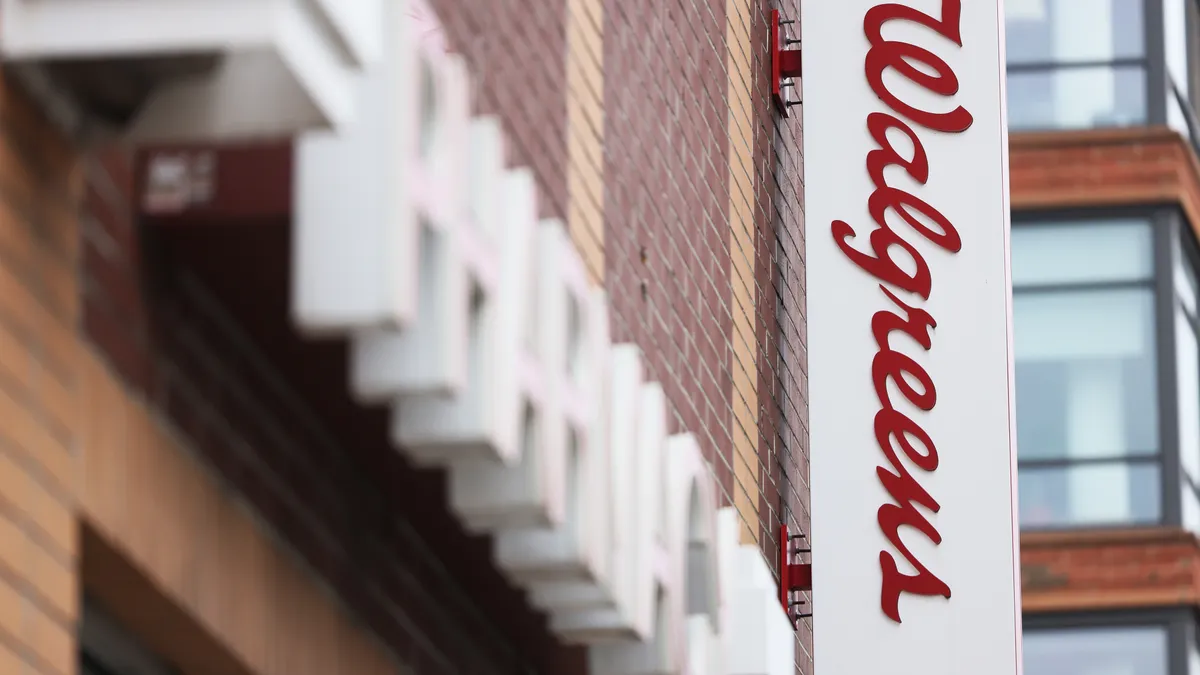Dive Brief:
- Walgreens has opened its ninth automated micro-fulfillment center to fill prescriptions and ease pharmacist workloads.
- The drug store chain’s micro-fulfillment centers use robots to fill prescriptions, eliminating routine tasks and excess inventory from the pharmacy. Automated facilities now support around 3,000 stores, CEO Roz Brewer said during a Q1 earnings call.
- Walgreens is investing in the drug-filling centers as it struggles to hire new pharmacists in key markets. By eliminating certain repetitive tasks, the company hopes to create a differentiated work environment that’s more attractive to healthcare workers.
Dive Insight:
Walgreens fills around 60% of its prescriptions through automation and is looking to use the facilities for more retail products in the future, chief supply chain officer Roxanne Flanagan said at the NRF Supply Chain 360 conference in June.
The pharmacy chain hopes to expand its network of drug-filling centers to 22 facilities.
“Even though we are 120 years old, we’re not going to be complacent,” Flanagan said. “We are very innovative, always trying new things and always thinking about the future.”
Major retailers including Walmart and Albertsons have also made big bets on micro-fulfillment centers to scale e-commerce operations. Still, some businesses have been hesitant to adopt the strategy due to the complexity of the technology and questions around their effectiveness to generate cost savings.
Walgreens executives emphasized in the Q1 call that micro-fulfillment centers add efficiency by allowing pharmacists to focus on customer-centric tasks.
The automated centers “give pharmacists more time for services and outreach that drive adherence and improve patient health,” Brewer said.














